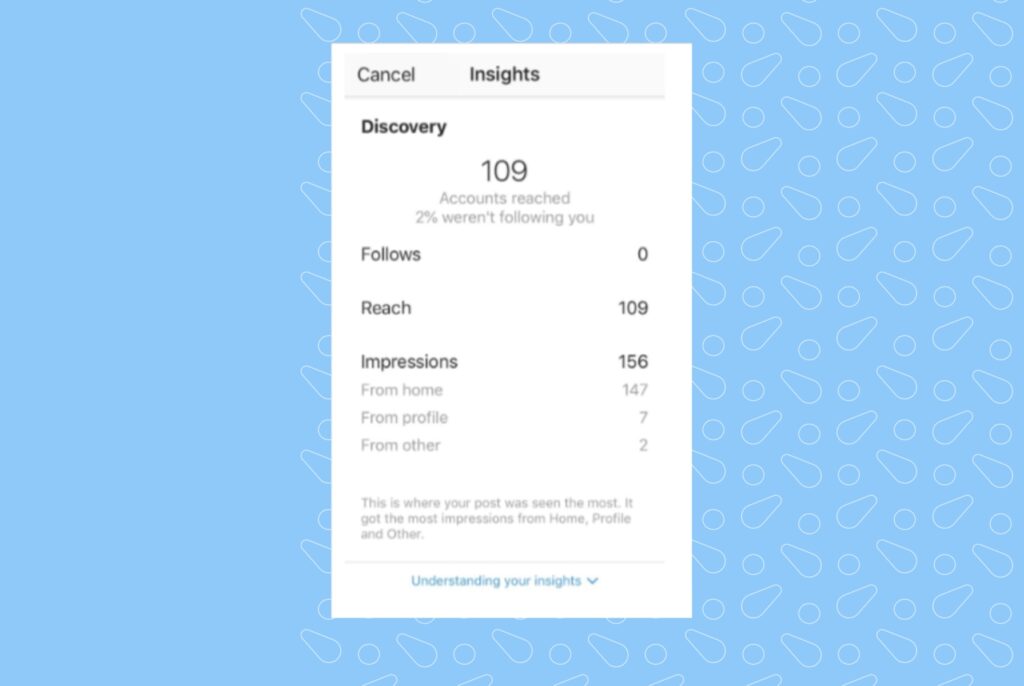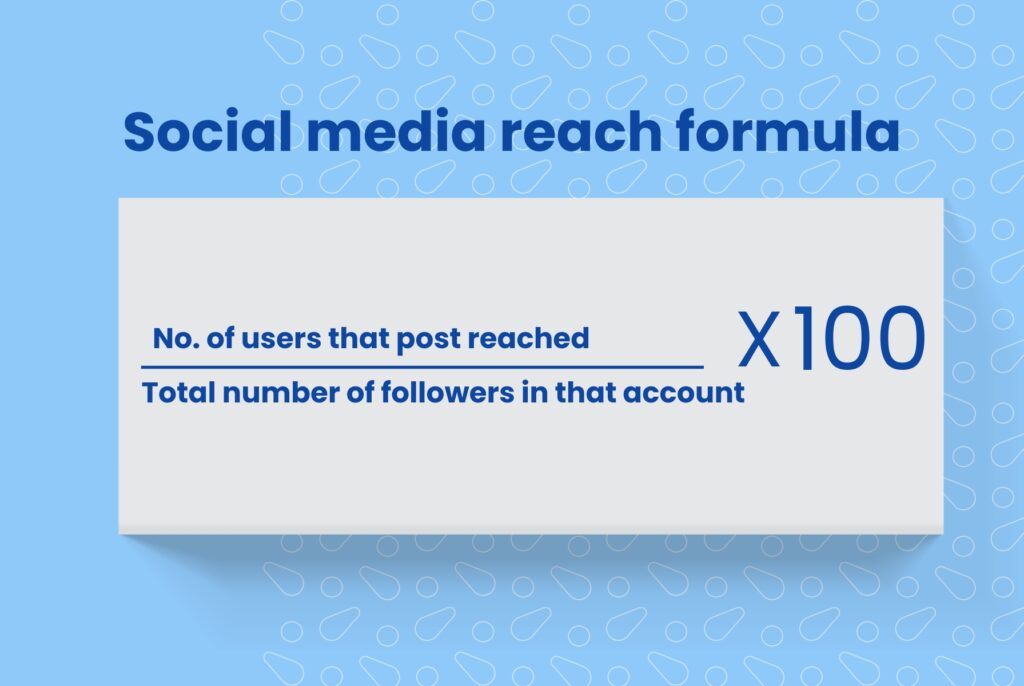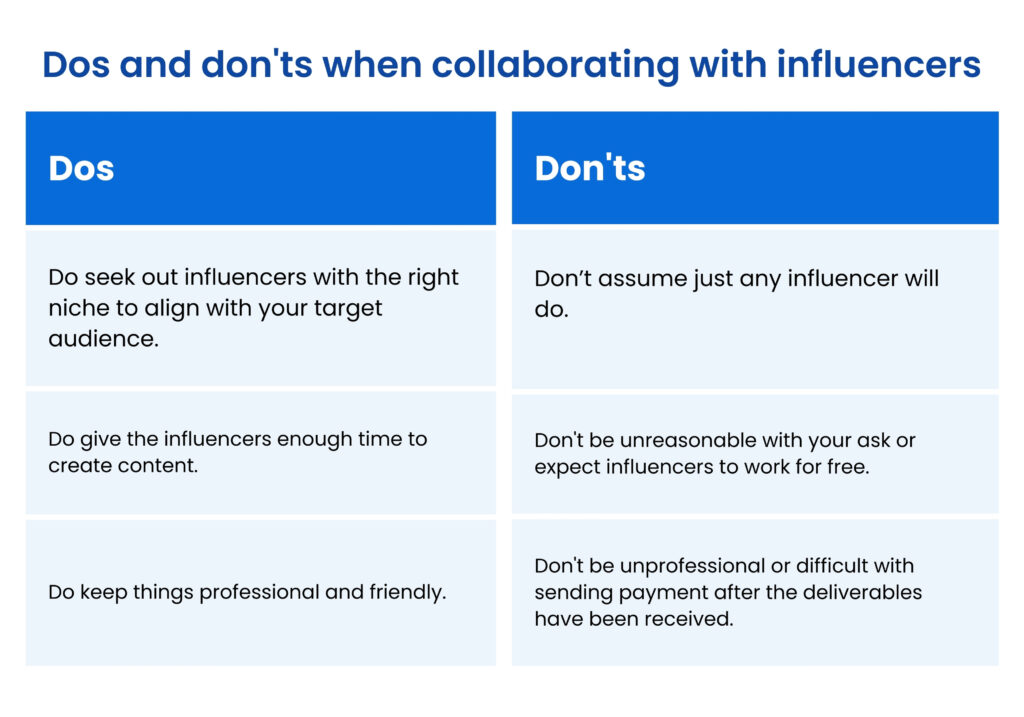Social reach is one of the most important metrics of social media management. When you publish content on social media, you want to know who sees it and how many people interact with it.
That’s what social media reach gives you. Measure the success of your social posts and gather insights about the demographics and interests of your followers.
Discover why social reach matters and learn how to track and optimize it to boost your social media growth in this blog.
Here are the 9 questions you should ask to increase the social media reach of accounts.
The only social media software for multi-location businesses
Want to see the impact of Birdeye on your business? Watch the Free Demo Now.
Table of contents
- Q1: What is a social media reach?
- Q2: Why is it important to measure social media reach?
- Q3: What are the types of reach of each social media platform?
- Q4: What can affect your social media reach?
- Q5: What is the difference between social media reach and impression?
- Q6: What are the key performance indicators of social media reach?
- Q7: How should you calculate social media reach?
- Q8: What is the role of analytics tools in analyzing social media reach performance?
- Q9: How can you optimize social media reach for your multi-location enterprise business?
- FAQs on social media reach
- Build a memorable brand by expanding your social media reach with Birdeye
Q1: What is a social media reach?
Social media reach refers to the number of unique persons who will see your post on social media over a given time. It’s unique because it’s counted only once, even if someone has seen the same content several times.
Put simply, reach is the number of people a post has reached to. This metric says:
- Who your content is reaching
- Whether it’s effective in the ROI
What is nonsocial reach?
Nonsocial reach measures the estimated number of people who have contact with your content or brand on other nonsocial media platforms. These include blogs, news sites, forums, podcasts, and videos.
Q2: Why is it important to measure social media reach?
Reach is one of the most important social media metrics to measure because it helps you better understand your brand awareness. It tells you how broad your customer base is and the effectiveness of your social media marketing strategy.
Since reach measures unique views on your posts, you get an accurate picture of the potential customers you’ve reached. If your reach metrics grow, it means your brand awareness is growing.
When your reach is less than your follower count, which is normal, it could point to bots or spam account activity. It could also be the result of news feed algorithms, which won’t always show your posts to all of your followers. Both scenarios are out of your control.
But you can track when a social media user views your post. For example, you can track the reach of your branded hashtags as well as:
- Reach of social media campaigns
- Influencer marketing reach
- Reach of events
- Social profiles reach
- Social posts, replies, and discussions

Reach vs impressions: Which matters the most & when to track?
Q3: What are the types of reach of each social media platform?
For enterprises, you can use different social networks to expand your reach and put your brand in front of a wider audience. Moreover, tracking social reach across many platforms lets you see where your brand is most recognizable and who engages with your content.
With these insights, you can adjust your social media strategy to attract followers and maximize your reach.
Let’s explain how you can leverage different social media platforms for marketing success.
1 – Reach on Facebook
Reach on Facebook defines the unique number of people who see content from your Facebook Page. Explore three types of reach on Facebook:
Organic reach: This represents the unique number of people who see your post on their news feed.
Paid reach: This refers to the unique number of people who come across your paid content (e.g., Facebook Ad or sponsored post.)
Viral reach: This is the unique number of people who see your post after a friend likes, shares, or comments on the original post.
When to use each approach?
Organic reach: Use this metric to learn more about the demographics of those who see your social media post.
Paid reach: Paid reach gives you valuable insights into the activity around your paid content.
Viral reach: Viral reach tells you how many times collectively your post has been in an individual user’s timeline. This data is particularly helpful when determining which content generates the most organic social media engagement.
2 – Reach on X/Twitter
X(or Twitter) doesn’t explicitly measure reach but tracks total impressions instead. Anytime a Twitter user sees your post on their news feed or search results, it’s recorded as an impression. This also includes social media users scrolling past posts and may not necessarily stop by to read your content.
When to use reach on Twitter?
Since Twitter doesn’t provide data for reach, you can use Tweet impressions to see whether your tweets attract more followers to your profile.
3 – Reach on Instagram
Accounts reached is Instagram’s metric for measuring social reach. It calculates the number of unique accounts that see your Instagram post or story on-screen at least once.
You can view reach by looking at each individual post’s insights.
When to use Instagram Accounts reached?
Accounts reached shares insights about your account’s followers and performance. You will learn about your audience demographics, including gender, location, and age.

4 – Reach on LinkedIn
Like Twitter, LinkedIn doesn’t have a dedicated reach metric. Instead, it lets you see how many impressions your post received. You can also track the number of people who view your LinkedIn profile over 28 days.
When to use LinkedIn reach?
Use LinkedIn impressions to gain insights into who sees your posts. You can learn about their locations, what companies they represent, and their job titles.
5 – Reach on TikTok
On TikTok, the Overview metrics will tell you the number of unique users who watch your videos and viewers of your live videos.
You can also check Profile views for the number of profile views over your desired date range.
When to use TikTok reach?
TikTok views offer valuable insights about the type of content driving people to your profile.
Q4: What can affect your social media reach?
The number of people you can reach with your social media content varies depending on a few things. These include:
- Time of posting: If more of your followers are online when you post, you are likely to reach more people with that specific post. Aim to post at the time when most of your audience is online.
- What you post: Publishing valuable or entertaining content can encourage engagement and a larger reach.
- Call to action: An effective call to action might persuade people to share your post with their networks, boosting your overall reach.
- Search terms: Use common search terms, trending topics, or related hashtags to make your posts appear in user searches and thus broaden your reach.
What are social media impressions? Social media impressions are the total number of times a post or an ad is shown to users on a social network. Use impressions to measure the impact of your social media campaign or advertising.
Q5: What is the difference between social media reach and impression?
Timespan and repetition differentiate reach and impression in social media metrics. With social media marketing, reach is the unique number of people who see your post, while the impression is the number of times the post is shown to people.
When you post an image or video and generate its first social impressions, it will reach a certain number of people. At this early stage, your reach and impression are equal.
If the same people continue to see the same post several times a day, total impressions of your content will grow higher than the reach.
So, the timespan and repetition differentiate reach and impression social media metrics.

Q6: What are the key performance indicators of social media reach?
The key performance indicators of organic social media reach include:
- Impressions: This represents the number of times your post appeared in someone’s feed or timeline (clicked on not.)
- Follower count: This represents the number of followers your social media channels have amassed at a set time.
- Reach: The number of people who have seen your post after it went live.
- Potential reach: This represents the number of people who could see your post during a reporting period or the percentage of your follower’s network that you could reach.
- Audience growth rate: This metric measures how your follower count is changing over time.
- Social share of voice: This is the ratio of the number of people mentioning your brand to those mentioning your competitors.
Q7: How should you calculate social media reach?
The easiest way to calculate the social media reach of a post is to take the Post Reach value and then divide it by Total Followers. Next, multiply the result by 100 to get the Post Reach Percentage.

For example, if 2,000 different accounts out of 20,000 total followers saw your last Instagram Story, you have a 10% reach.
Q8: What is the role of analytics tools in analyzing social media reach performance?
Analytics tools can track and analyze the success of your social media marketing efforts. Here’s why they’re valuable in analyzing how your social media reach is performing:
- Measuring reach allows you to gather insights on casting a wider net and scale your organic social media following. This helps increase brand awareness as more reach means more people see your brand’s content.
- Analytics tools can analyze your audience demographics so you reach them more effectively with targeted content.
- By tracking social media engagement metrics like comments, retweets, likes, and shares, an analytic tool can spot potential social media users to target, thus extending your reach.
Q9: How can you optimize social media reach for your multi-location enterprise business?
With better clarity on reach, it is vital to look at ways to optimize your reach so that as many potential customers can see you as possible.
1 – Understand which social media metrics to follow for what type of content
Tracking the appropriate metrics for different content can help you evaluate their performance and optimize your efforts accordingly. Let’s see which social media metrics you should measure for each:
- Videos: Track views, watch time, and other engagement metrics (e.g., likes, shares, comments, etc.)
- Blog posts: Measure social shares, page views, time on page, etc.
- Images: Likes, reactions, shares, impressions, click-through rate, etc.
- Stories: Views, replies, completion rate, etc.
- User-generated content (UGC): Engagement, hashtag usage, sentiment analysis, etc.
2 – Aim to create a connection between social media reach to get higher brand awareness
If you want to make sure your brand is visible, focus on engaging and capturing the attention of the right people – your potential customers.
Use the following strategies to achieve this goal:
- Define your brand message clearly and ensure it resonates with your target audience.
- Know your target audience, including their demographics, interests, behaviors, etc.
- Optimize your social media profiles.
- Create engaging, valuable content that aligns with your brand message.
- Use various social media platforms for maximum reach.
3 – Collaborate with relevant influencers
Influencer marketing is another method to reach your target market on social media through personalities they already know and like. For the best possible success, work with influencers that align with your brand values.
Let’s look at the dos and don’t of influencer marketing as a social media strategy.

4 – Make social listening a part of your social media strategy
Social listening involves collecting information from social media about your brand, topic, or event. In other words, you monitor and analyze conversations on social networks, then apply this new knowledge to your strategy.
Social listening is a very effective digital marketing tactic as it provides a real-time view of what prospects are saying about your brand online, whether positive or negative. For example, you can join the conversation with happy customers to further increase their affinity for the brand.
More importantly, you can nip any issues with dissatisfied customers and show them you care about their opinions.

FAQs on social media reach
To calculate the social media reach of any post, measure Post Reach and then divide it by Total Followers. Multiply the result by 100 to get the Post Reach Percentage.
Social media reach is the total number of people who see your content. Engagement refers to the interactions that your posts generate on social media.
Social media reach means how many people saw your content/post, while views show how many times your post has been viewed.
Social media reach is important because it provides insights about your audience and the effectiveness of your campaigns.
Both reach, and impressions are essential social media metrics to track for a more holistic marketing campaign. But you’ll find that impressions are always higher than reach.
The best way to increase your organic social media reach is to engage with your followers. Reply to comments, share videos, and forge relationships with influencers.
Social media reach KPIs to measure how many people come across your social channels, while social media engagement KPIs track the quality of the interactions with your social followers.
A good metric for measuring social media reach is the number of active followers. You want to make sure you’re growing by extending your reach.
Build a memorable brand by expanding your social media reach with Birdeye
Social reach is vital for growing your online following and cultivating customers. And when you amplify that brand awareness, you can boost your customer base and bottom line.
Use Birdeye to track all your social media reach and key metrics across all channels from a single dashboard.

Originally published









